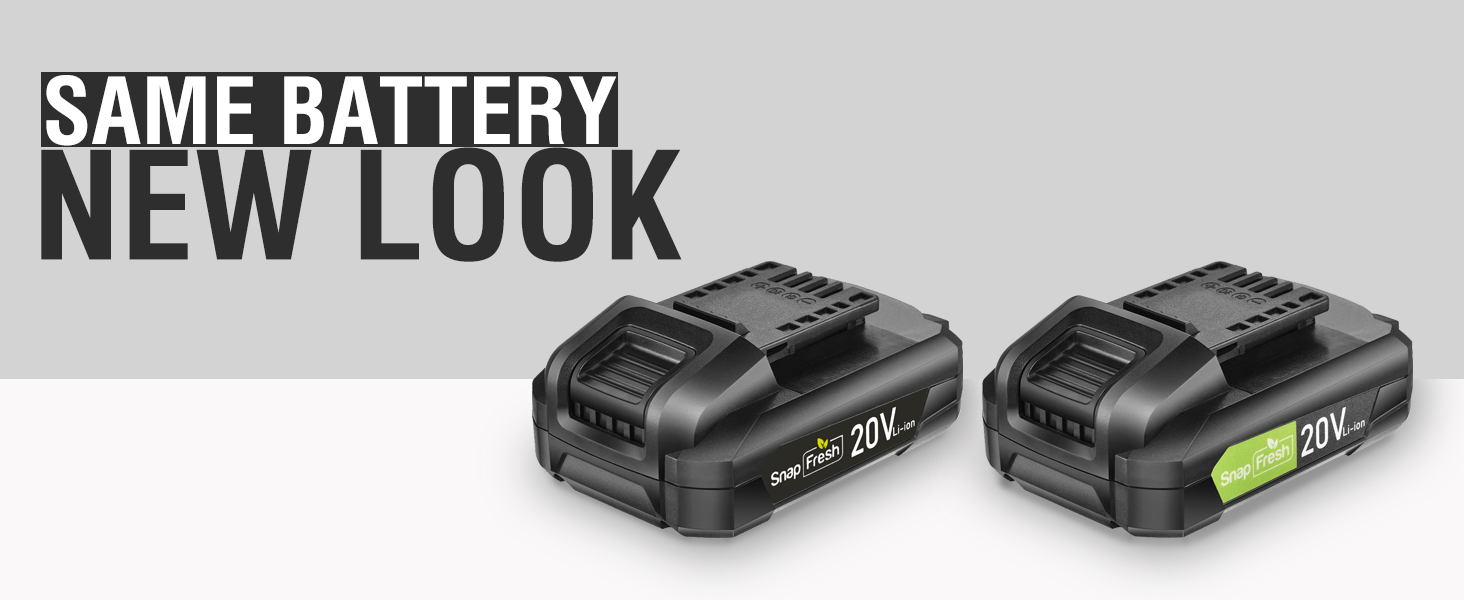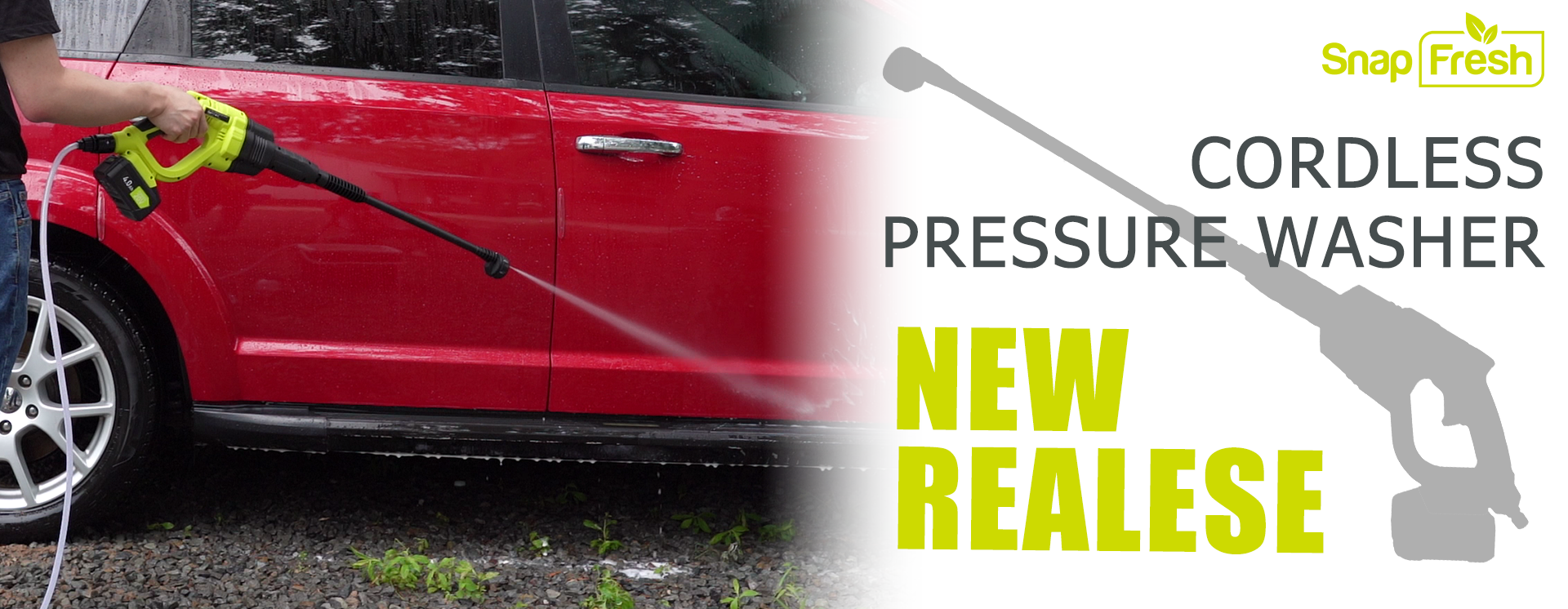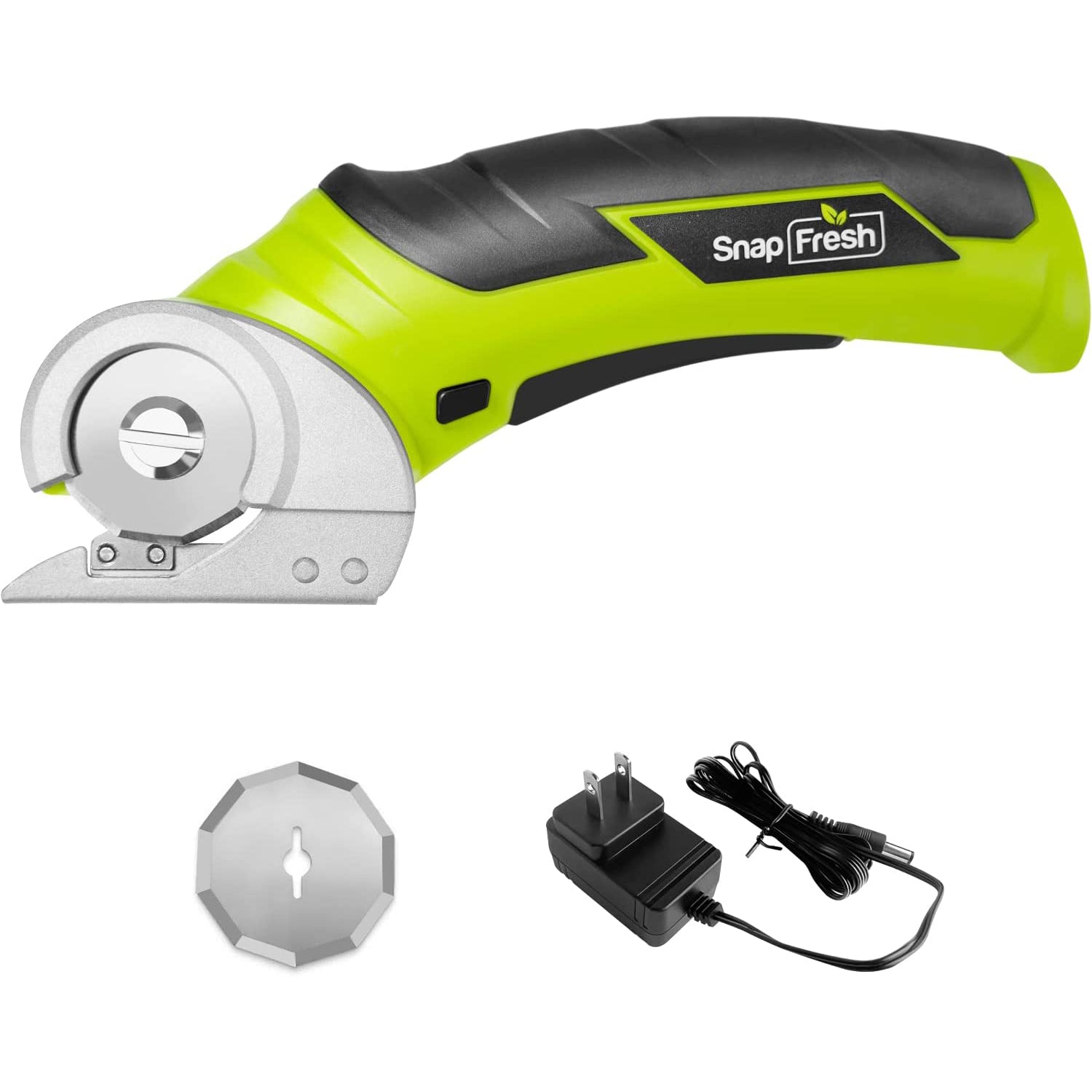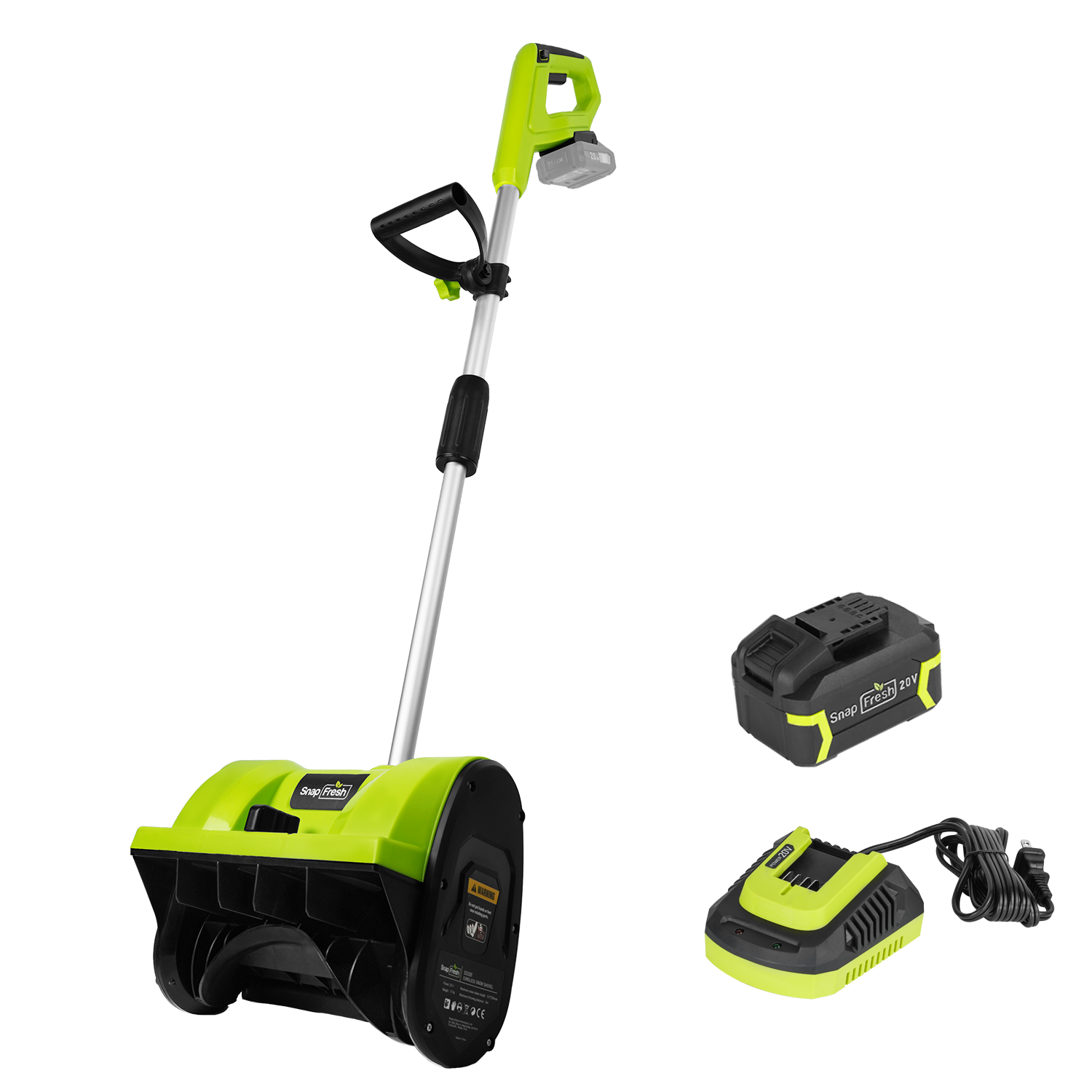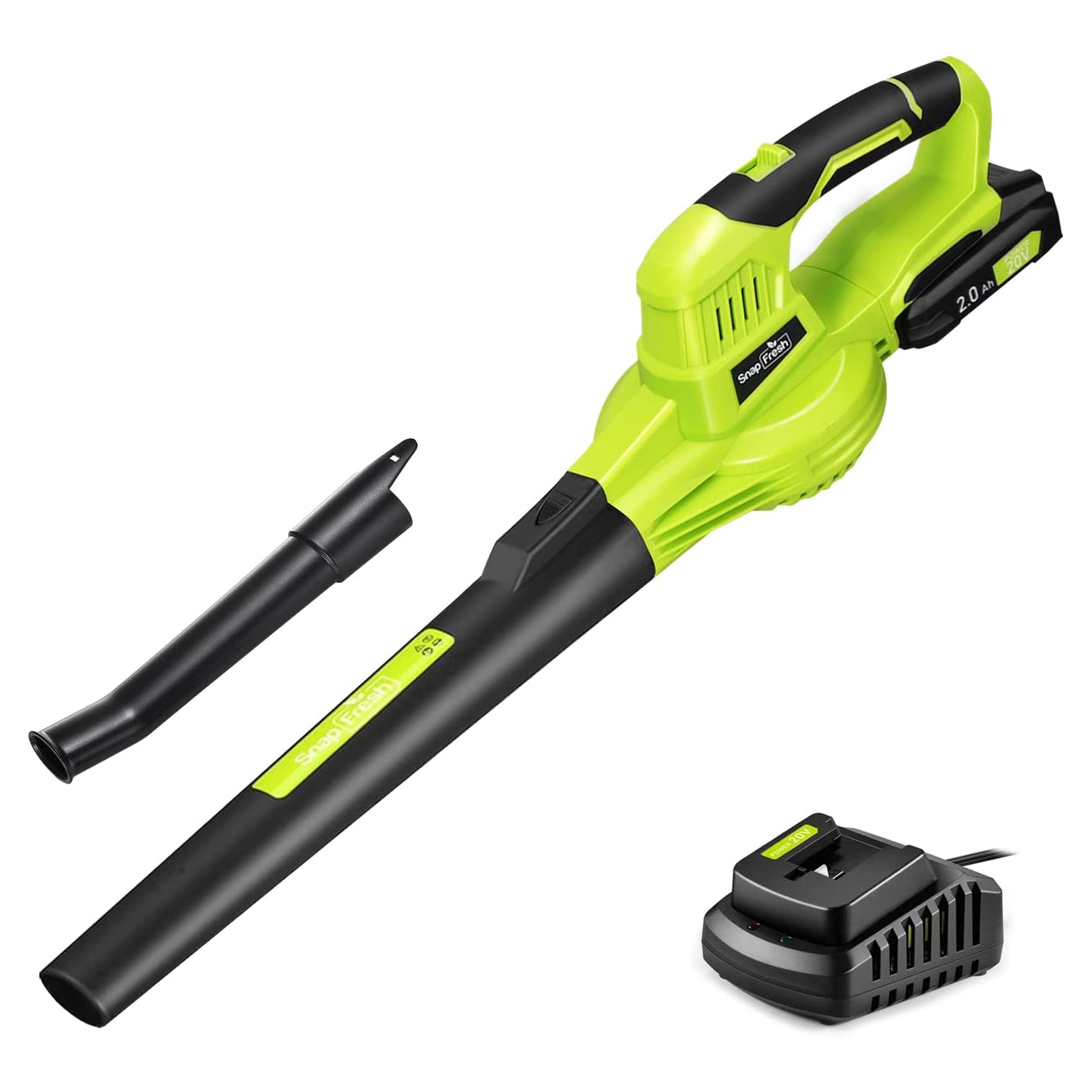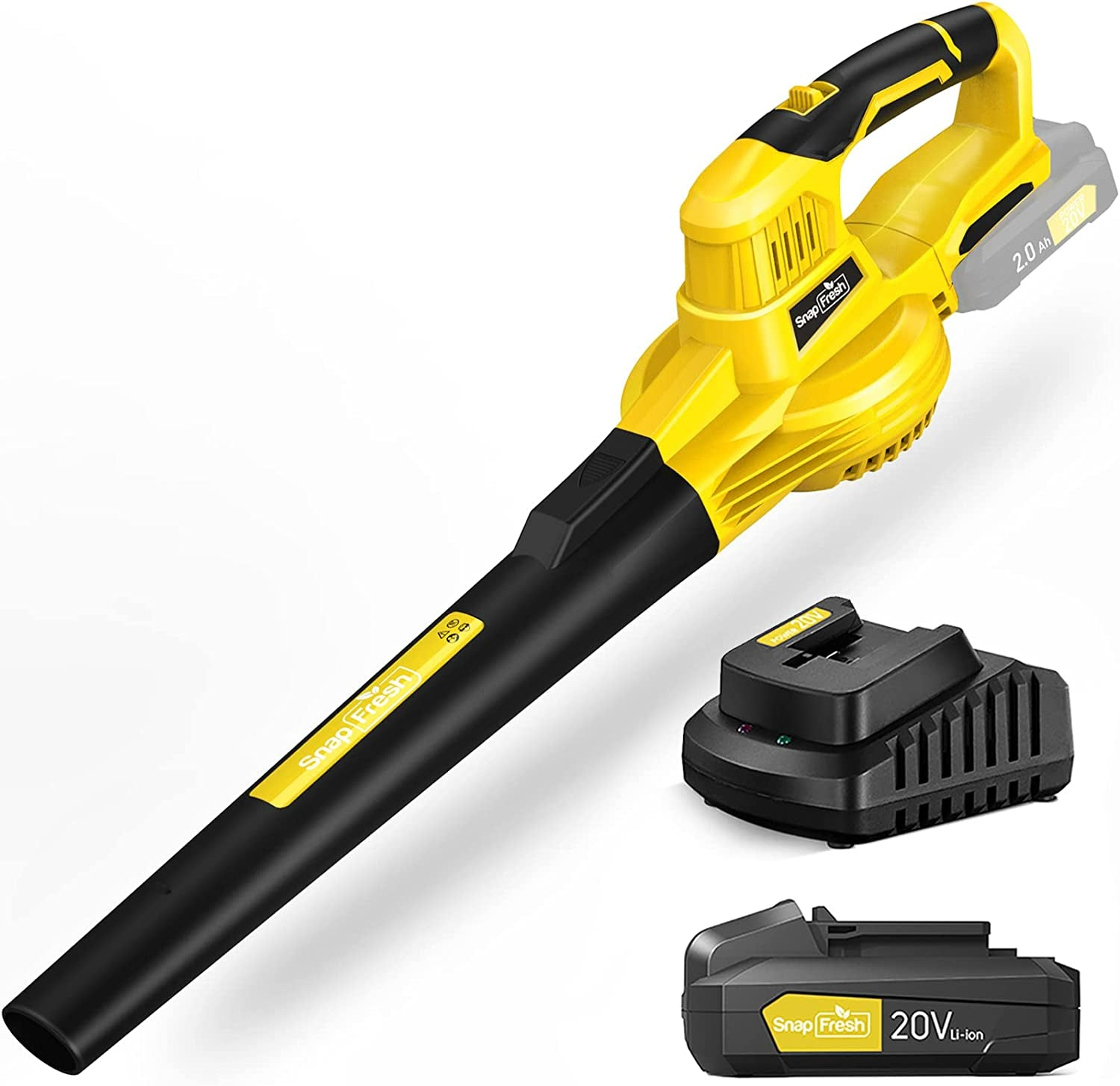Maintaining rechargeable lithium batteries properly is crucial for their performance and longevity. Here are detailed maintenance instructions:
-
Charging Practices:
- Use the designated charger provided by the battery manufacturer.
- Avoid using incompatible chargers, as they can damage the battery or cause overheating.
- Follow the recommended charging voltage and current specified by the manufacturer.
- Do not leave the battery connected to the charger for an extended period after it is fully charged to prevent overcharging.
-
Temperature Management:
- Lithium batteries are sensitive to temperature extremes.
- Operate and store the batteries within the specified temperature range provided by the manufacturer.
- Avoid exposing batteries to high temperatures, direct sunlight, or heat sources, as it can lead to performance degradation, capacity loss, or even safety risks.
- Similarly, prevent exposing batteries to extremely low temperatures, which can temporarily reduce their capacity.
-
Discharge Practices:
- Avoid deep discharges whenever possible. Recharge the battery before it reaches critically low levels to maintain its longevity.
- Regularly recharge the battery and try to keep it within the optimal charge range (typically between 20% and 80%) for extended lifespan.
-
Storage Guidelines:
- If you need to store lithium batteries for an extended period, ensure they are partially charged (around 40-60% capacity) before storage. This helps prevent self-discharge without risking deep discharge during storage.
- Store batteries in a cool, dry place with stable temperatures.
- Avoid storing batteries in excessively humid or damp environments.
-
Cleaning and Maintenance:
- Keep the battery and its contacts clean and free from dirt, dust, or any foreign substances.
- If the battery terminals become corroded, use a soft, dry cloth to clean them gently. Avoid using water or cleaning agents, as they can damage the battery.
-
Battery Replacement:
- Rechargeable lithium batteries have a limited lifespan.
- If you observe a significant decrease in capacity, diminished performance, or if the battery fails to hold a charge, consider replacing it with a new one from a reputable source.
Remember, these guidelines provide a general overview, and it's essential to consult the specific instructions and recommendations provided by the battery manufacturer for your particular battery model to ensure proper maintenance and maximize its lifespan.

